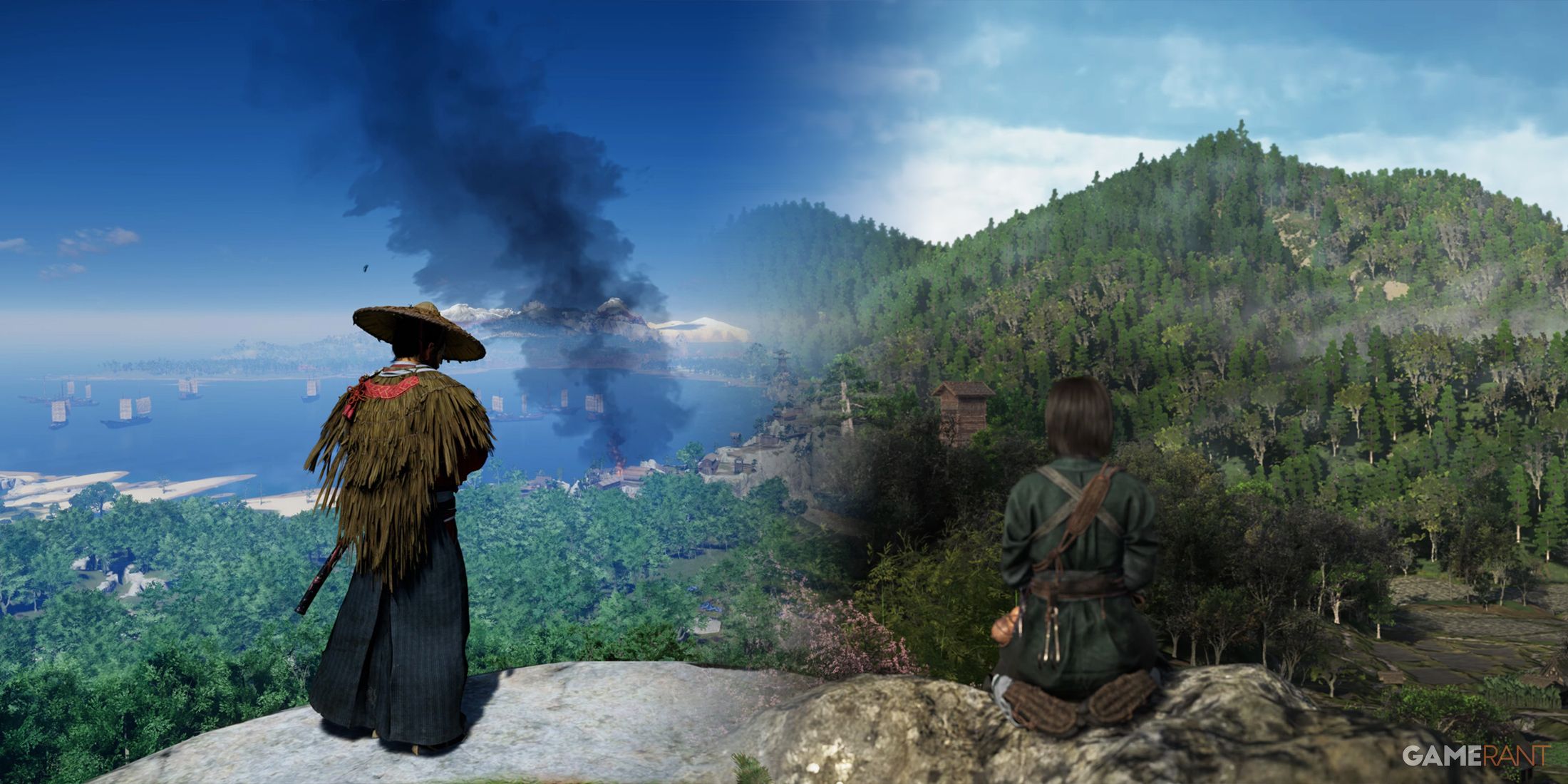
Summary
- AC Shadows’ architecture depicts a bustling, dense feudal Japan with complex design and influence from the Azuchi-Momoyama period.
- AC Shadows offers a larger open world with changing seasons, contrasting Ghost of Tsushima in environmental design and scope.
- AC Shadows successfully differentiates itself through unique architecture and a more dynamic environment, distancing itself from comparisons.
By now, it’s hard to miss the continuous comparisons being made between Ubisoft’s Assassin’s Creed Shadows and Sucker Punch’s Ghost of Tsushima, given that they both take place in feudal Japan. However, it’s worth noting that Ghost of Tsushima has left a lasting impression on the gaming industry, so any subsequent game with even a hint of similarity is bound to be compared. That said, Assassin’s Creed Shadows boasts several distinctive features that could potentially differentiate it from Ghost of Tsushima, if its more vocal critics are open to acknowledging these differences.
In terms of architecture and environmental design, there will be noticeable differences between “Assassin’s Creed Shadows” and “Ghost of Tsushima,” given their approximately three centuries time gap and different development teams. The distinct perspectives each team brings to the depiction of feudal Japan might lead to contrasting representations in these two games. Consequently, the numerous comparisons drawn between “Assassin’s Creed Shadows” and “Ghost of Tsushima” may not be as justified as initially perceived and could primarily stem from the acclaimed success and popularity of “Ghost of Tsushima,” which was released prior to Ubisoft’s latest offering.
Comparing AC Shadows’ Feudal Japan to Ghost of Tsushima’s
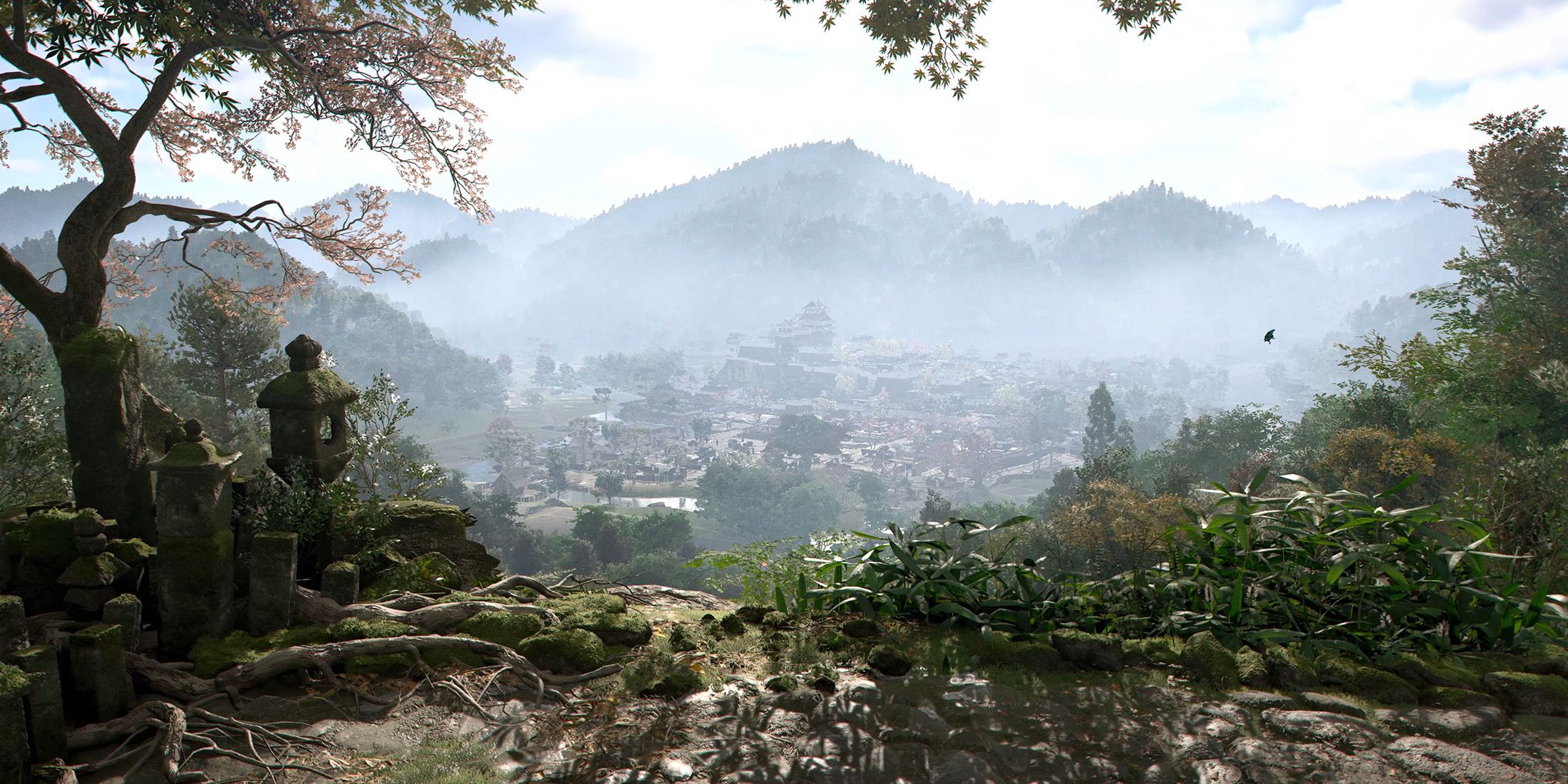

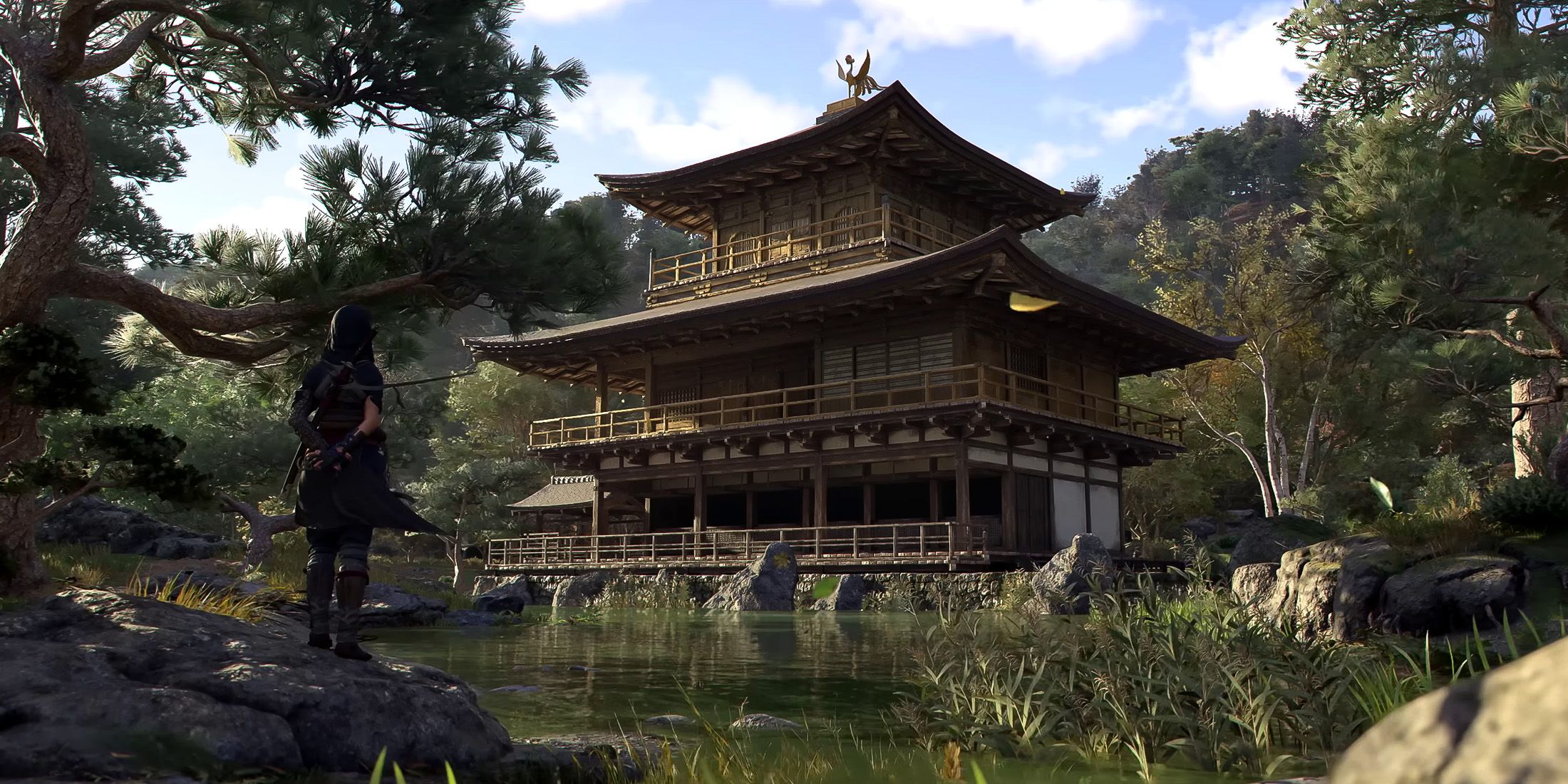
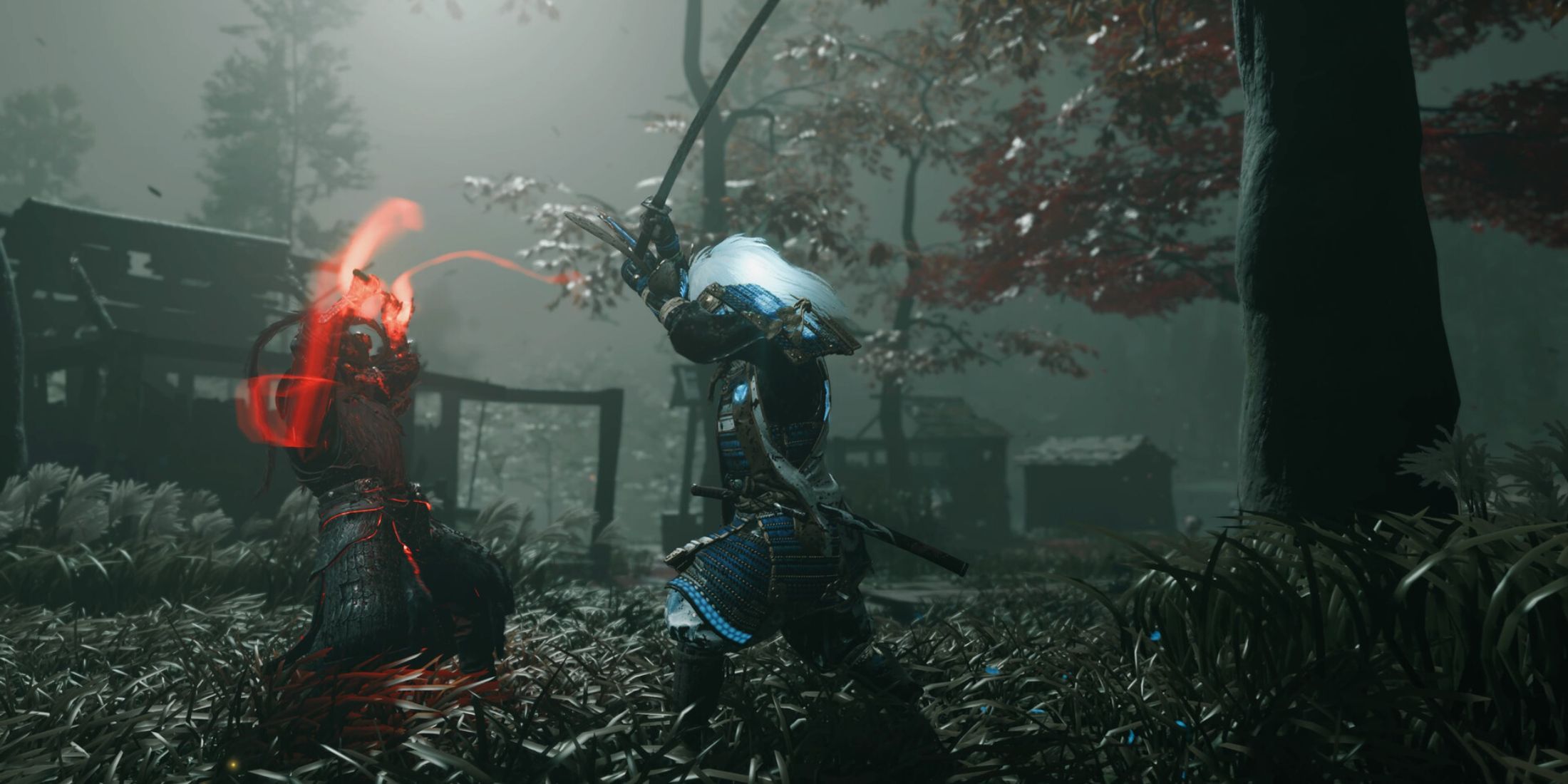
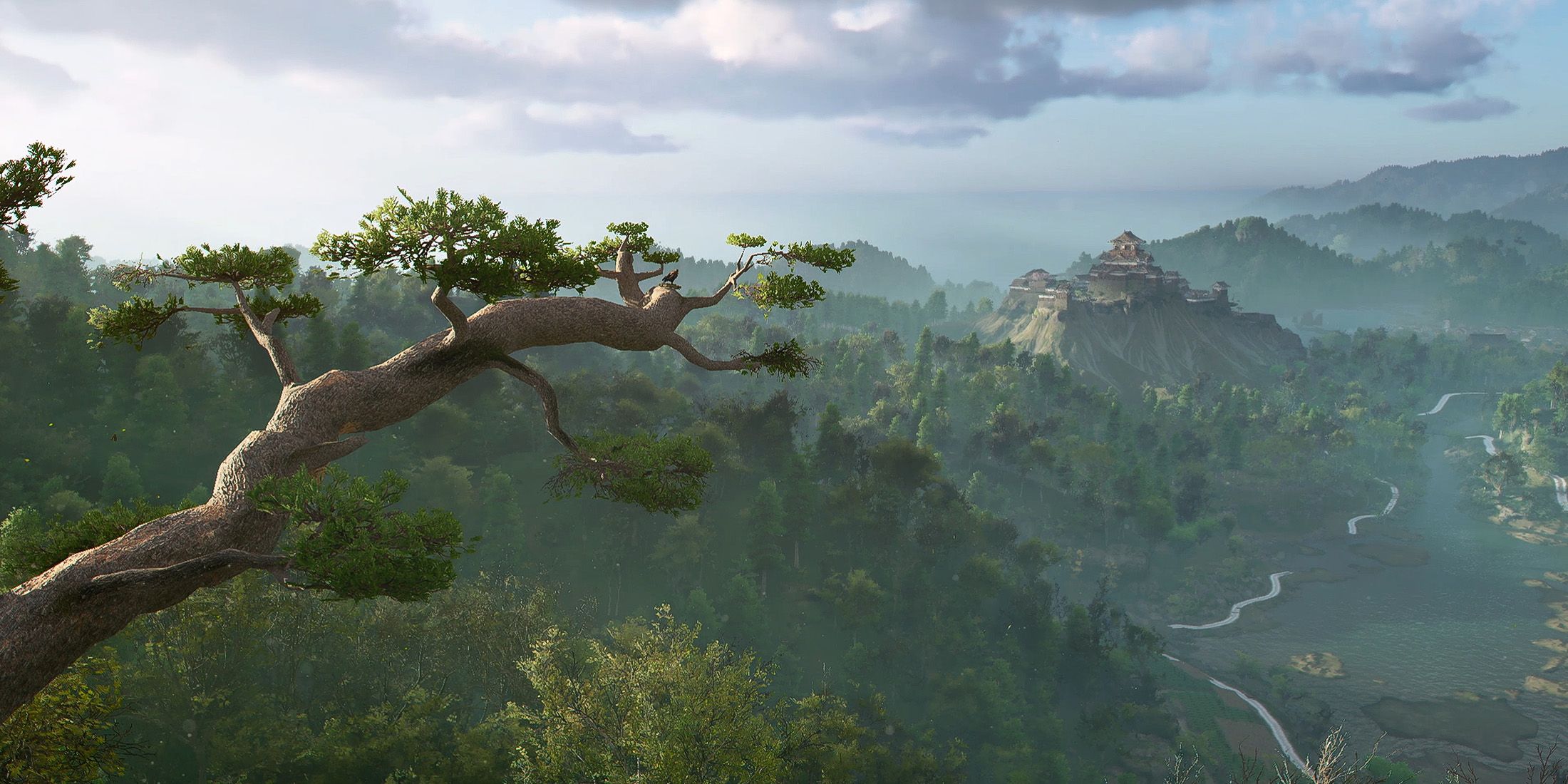
Comparing the Architecture of Assassin’s Creed Shadows and Ghost of Tsushima
One striking contrast between “Assassin’s Creed: Shadows” and “Ghost of Tsushima” lies in their architectural styles. In the case of “Ghost of Tsushima”, which is set on Tsushima Island during the late 13th century, the architecture reflects a rural aesthetic, embodying the era’s emphasis on simplicity and tradition. The villages are characterized by wooden structures, thatched roofs, and Shinto shrines scattered throughout the countryside. Moreover, Japanese architecture during this period valued harmony with nature, using negative space to achieve balance. This is also reflected in the minimal decoration inside these buildings.
In the games “Assassin’s Creed Shadows” and “Ghost of Tsushima,” which are set about three centuries apart, you can expect significant variations in their architectural styles due to the passage of time.
In contrast to Ghost of Tsushima, Assassin’s Creed Shadows is set during the Azuchi-Momoyama period, a time that saw significant architectural changes. This era, marked by urbanization and foreign interactions, boasted a more vibrant and dynamic architecture compared to what was depicted in Ghost of Tsushima, particularly its less populated villages. Assassin’s Creed Shadows showcases bustling towns, densely packed samurai districts, and even ports that reflect the Portuguese and Jesuit influences of the time, offering a more intricate portrayal of feudal Japan compared to Ghost of Tsushima.
Comparing the Landscape and Environmental Design of Assassin’s Creed Shadows and Ghost of Tsushima
The visual and environmental changes between the eras portrayed in “Assassin’s Creed Shadows” and “Ghost of Tsushima” may not have been as dramatic, but each game presents its world uniquely. In “Ghost of Tsushima”, the environments are defined primarily by color and plant life, while in “Assassin’s Creed Shadows”, the biomes change with the real-time annual cycle. Although “Ghost of Tsushima” does incorporate a weather system and diverse landscapes, “Assassin’s Creed Shadows” maintains a sense of novelty by continually altering its visuals and gameplay mechanics.
In the open-world setting of “Assassin’s Creed Shadows”, there is a notable expanse that surpasses that of “Ghost of Tsushima”. This expansiveness provides an added advantage for the game to showcase a broader range of environmental variations.
Essentially, while it’s understandable to draw parallels between “Assassin’s Creed Shadows” and “Ghost of Tsushima”, such comparisons often miss the distinct qualities that set these two games apart as separate portrayals of feudal Japan. Instead of being overshadowed by “Ghost of Tsushima”, “AC Shadows” carves its own niche by providing a more bustling, intricate world that adapts to changing seasons and intricate architecture. Despite the likelihood that “AC Shadows” will remain subject to such comparisons, its determination to present a fresh perspective of feudal Japan underscores its dedication to individuality.
Read More
- Byler Confirmed? Mike and Will’s Relationship in Stranger Things Season 5
- All Exploration Challenges & Rewards in Battlefield 6 Redsec
- Best Job for Main Character in Octopath Traveler 0
- Upload Labs: Beginner Tips & Tricks
- Entangling Bosonic Qubits: A Step Towards Fault-Tolerant Quantum Computation
- Grounded 2 Gets New Update for December 2025
- J Kozma Ventures Container In ARC Raiders (Cold Storage Quest)
- Goku’s Kaioken Secret: Why He NEVER Uses It With Super Saiyan!
- Scopper’s Observation Haki Outshines Shanks’ Future Sight!
- Jujutsu Kaisen: Gege Confirms Yuji Itadori’s New Role in JJK Modulo
2025-03-27 15:08